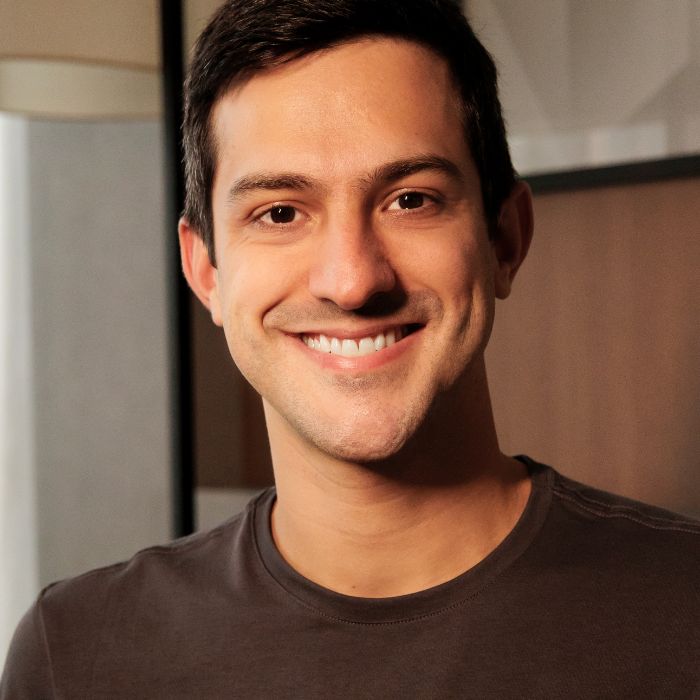Every individual in the venture capital industry rises each day with a singular focus: to discover transformative startups that disrupt markets and usher in a new era of wealth for clients, founders, investors, and employees.
This relentless pursuit is embedded in the venture capital business model. Given the risk inherent in this field, where certain investments will fail, the success stories must yield exceptional financial returns — over tenfold the original investment. These "fund returners startups" carry an overall expected return from the fund of approximately 25% p.a.
The venture capital landscape is characterized by asymmetrical wagers, governed by a power law that transcends the familiar Pareto (80/20) ratio. An analysis by Horsley Bridge, titled "In Praise of Failure," of more than 7,000 firms invested in from 1985 to 2014, reveals that 60% of venture capital returns derive from just 6% of portfolio companies.

Part of this phenomenon is that just over 50% of the investments return less that the amount invested. Another conclusion is that some 20% produce a return of up to 2x the capital invested.
Despite their significance, there's a distinct lack of discussion about these 'non-star' businesses that either fail, becoming fund write-offs, or yield relatively insignificant returns. Nonetheless, they consume considerable attention and time from those involved in venture capital.
Part of this phenomenon is that just over 50% of the investments return less that the amount invested. Another conclusion is that some 20% produce a return of up to 2x the capital invested.
Despite their significance, there's a distinct lack of discussion about these 'non-star' businesses that either fail, becoming fund write-offs, or yield relatively insignificant returns. Nonetheless, they consume considerable attention and time from those involved in venture capital.








.jpeg)







